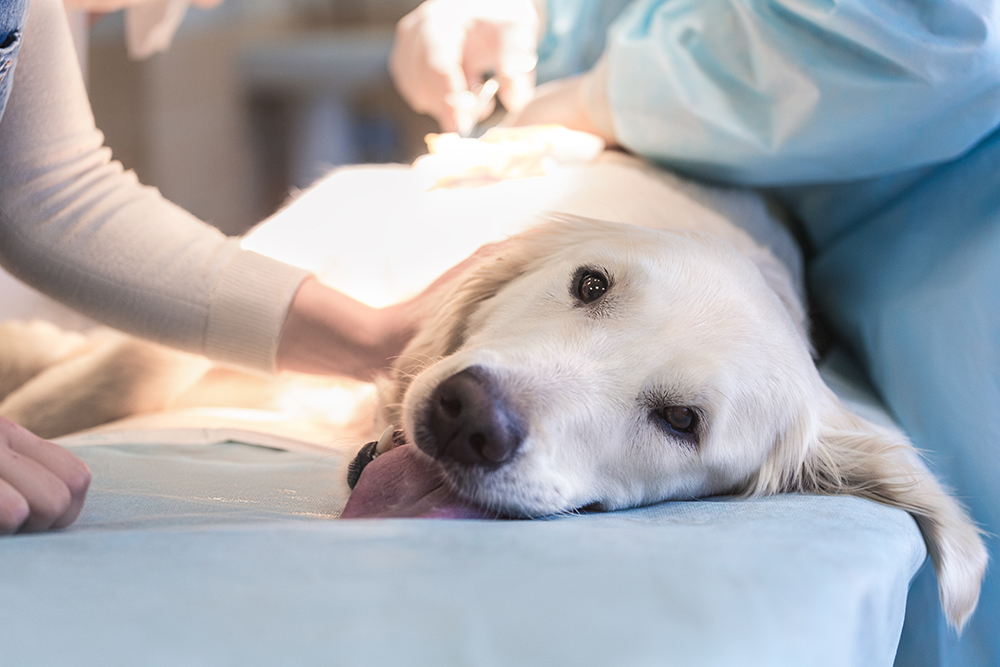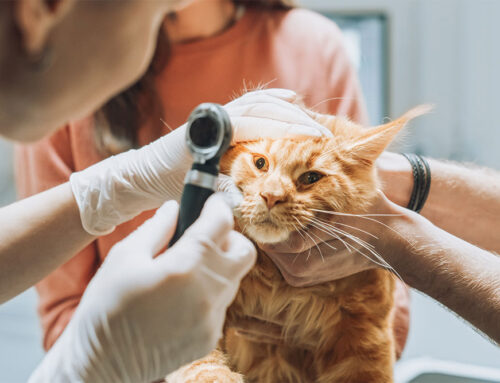Pet Emergency Preparedness: Be Ready for the Unexpected
Emergencies can happen at any time, and when they involve pets, they can be stressful and overwhelming. Whether it is an injury, poisoning, or sudden illness, being prepared can make all the difference. Knowing what to do, who to call, and how to provide immediate care can help you act quickly and effectively in a crisis.
At Livingston Veterinary Hospital in Livingston, Montana, we encourage all pet owners to have an emergency plan in place. This guide covers essential steps to prepare for pet emergencies, from assembling a first aid kit to recognizing when to seek urgent veterinary care.
What to Do in a Pet Emergency
1. Stay Calm and Assess the Situation
Panicking can make it harder to think clearly. Take a deep breath and quickly assess:
- Is your pet conscious and breathing?
- Are they bleeding heavily or showing signs of distress?
- Did they ingest something toxic?
2. Contact Your Veterinarian or an Emergency Clinic
If you believe your pet is having a medical emergency, call your veterinarian or the nearest emergency clinic.
- Livingston Veterinary Hospital: Contact us here
- ASPCA Poison Control Hotline: 888-426-4435 (Available 24/7)
If your pet has ingested a toxin, provide as much detail as possible:
- What they ate (including brand or ingredients if known)
- How much they consumed
- When the ingestion occurred
For more guidance on emergency care for pets, visit the ASPCA’s emergency care resource.
Recognizing Common Pet Emergencies
Signs Your Pet Needs Immediate Medical Attention
Some emergencies require urgent veterinary care. Seek help if your pet shows any of the following symptoms:
- Difficulty breathing (gasping, wheezing, blue gums)
- Excessive bleeding that does not stop after applying pressure
- Collapse, seizures, or loss of consciousness
- Severe vomiting or diarrhea, especially if bloody
- Bloating with distress (could indicate bloat/GDV in dogs)
- Poison ingestion (chocolate, antifreeze, medications, toxic plants)
- Painful or swollen abdomen
- Sudden inability to walk
For minor but concerning symptoms, such as mild limping, ear infections, or skin irritation, schedule an exam as soon as possible. Read about how to perform a home health exam for your dog from the Humane Society.
Essential Pet First Aid Kit
A well-stocked pet first aid kit can help you manage minor injuries at home and stabilize your pet before getting veterinary care. Keep these items in your home, car, and travel bag:
- Veterinary contact numbers (including after-hours emergency clinic)
- Gauze and bandages for wounds
- Antiseptic wipes and pet-safe disinfectant
- Tweezers for removing splinters or ticks
- Digital thermometer (normal temperature: 100.5–102.5°F in dogs and cats)
- Hydrogen peroxide (only use under veterinary guidance for toxin ingestion)
- Saline solution for flushing eyes or wounds
- Benadryl (diphenhydramine) for allergic reactions (ask your vet for the correct dosage)
- Muzzle (even the gentlest pets may bite when in pain)
For additional training, consider taking a pet first aid course through the American Red Cross.

Preventing Pet Emergencies
While some emergencies are unavoidable, many can be prevented with proper precautions.
1. Poison Prevention
- Keep medications, cleaning supplies, and toxic foods (chocolate, grapes, onions) out of reach.
- Store rat poisons, antifreeze, and household chemicals in secure cabinets.
- Avoid toxic plants like lilies (for cats) and sago palms (for dogs).
For a comprehensive list of pet toxins, visit ASPCA Poison Control.
2. Supervise Outdoor Activities
- Keep dogs on a leash or within a fenced yard to prevent accidents.
- Avoid walking pets in extreme hot or cold weather.
- Be cautious near wildlife or unfamiliar animals that could pose a threat.
3. Be Aware of Breed-Specific Health Risks
Certain breeds are more prone to medical emergencies:
- Flat-faced breeds (Pugs, Bulldogs, Persians) – High risk for breathing difficulties and heatstroke.
- Large, deep-chested dogs (Great Danes, German Shepherds, Labradors) – Susceptible to bloat/GDV, a life-threatening emergency.
- Senior pets – More likely to experience heart disease, kidney failure, and arthritis-related falls.
For more on preventing pet emergencies, visit UW-Madison’s Veterinary Care Guide.
Emergency Preparedness: What to Keep in Your Pet’s Go-Bag
In case of evacuation due to wildfires, floods, or natural disasters, keep an emergency pet go-bag ready with:
- Food and bottled water (three to five days’ supply)
- Medication and medical records (store in a waterproof container)
- Leash, harness, and ID tags
- Copies of vaccination records (in case of boarding or emergency shelter)
- Favorite blanket or toy for comfort
Check and update supplies every six months to ensure they remain fresh.
Know Where to Get Emergency Veterinary Care
If your pet has an emergency, quick action is essential. Keep a list of local veterinary clinics, after-hours emergency hospitals, and poison control hotlines handy.
- Need emergency care? Contact Livingston Veterinary Hospital for immediate guidance.
- Want to schedule a check-up? Explore our services to keep your pet healthy year-round.







Leave A Comment